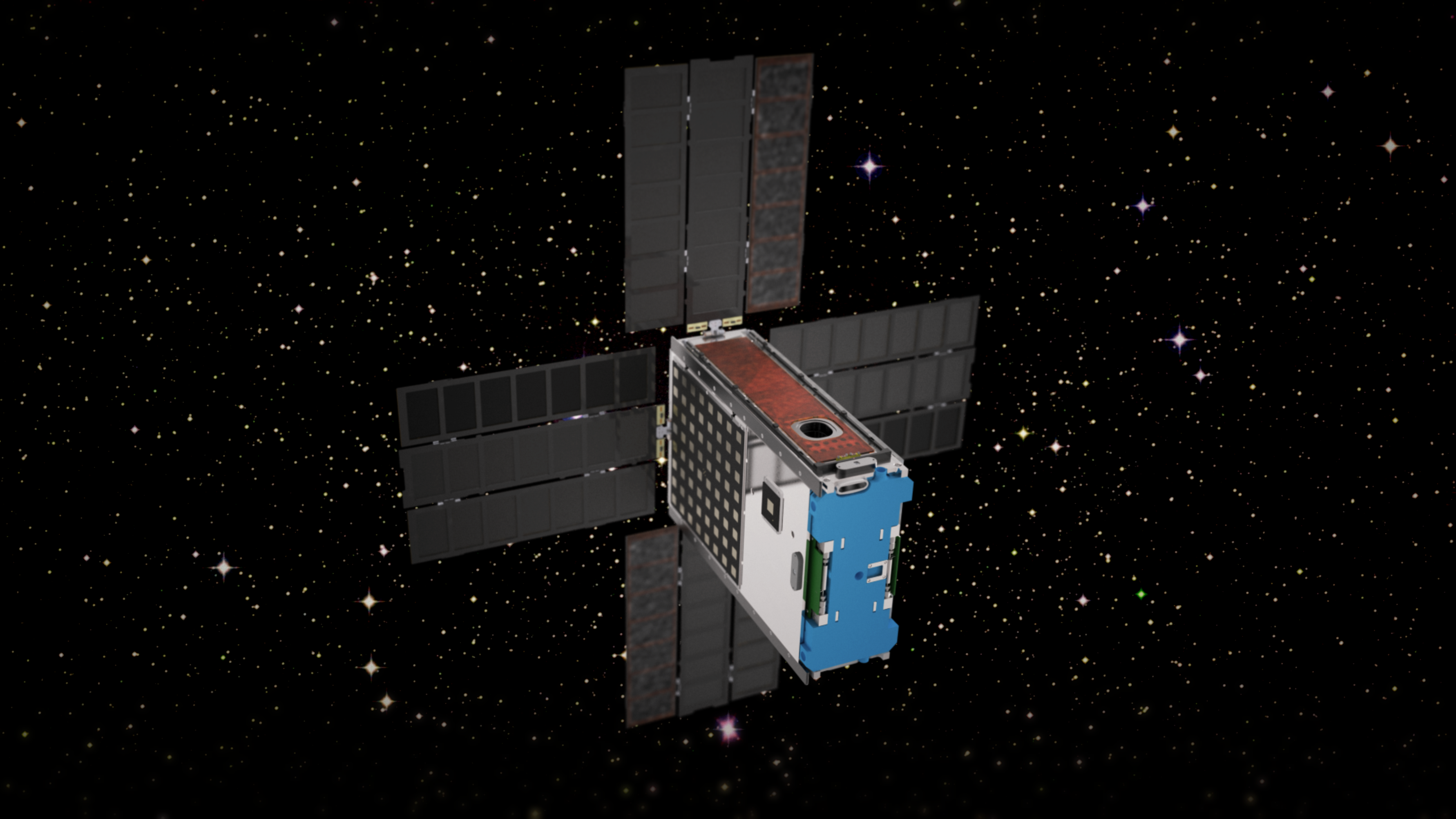Artemis 1's BioSentinel cubesat aces lunar flyby, readies for biology mission
NASA's BioSentinel could fill vital gaps in knowledge about deep space travel.

A shoebox-sized spacecraft that launched on NASA's Artemis 1 mission is all set to begin its deep-space biology experiment after making a flyby of the moon.
NASA’s BioSentinel is one of 10 ride-along cubesats that lifted off on the Artemis 1 mission on Nov. 16. It aims to generate new knowledge about the potential health risks posed by long-duration crewed missions to deep space.
The roughly 30-pound (13 kilograms) cubesat had a bit of a wobble early on, with initial telemetry received from BioSentinel on Nov. 16 indicating the spacecraft was tumbling.
Related: Artemis 1 launch photos: Amazing views of NASA's moon rocket debut (gallery)
However, the issue was corrected after commands sent via the Deep Space Network resolved the anomaly, according to a NASA statement.
The cubesat was then able to make a successful lunar flyby on Nov. 22, passing as close as 250 miles (402 km) above the moon's surface.
BioSentinel carries two strains of yeast, with the aim of learning how the perilous radiation environment of deep space affects and damages genetic material. Researchers at NASA's Ames Research Center in California want to use the data to find potential solutions that could aid future human explorers to the moon, Mars and perhaps beyond.
Get the Space.com Newsletter
Breaking space news, the latest updates on rocket launches, skywatching events and more!
Astronauts who live on the International Space Station are subjected to a much harsher radiation environment than here on Earth. But they too are protected by Earth's magnetosphere from much of the radiation passing through deep space that can damage their DNA.
Yeast was chosen because it is both well-researched and repairs its DNA in a similar way to how the human body repairs its genetic material.
Two strains were chosen for the ride. One is a yeast commonly found in nature, while the other was selected because it has trouble repairing its DNA. Comparing how these two sets of microorganisms respond will provide new insights into the health risks associated with travel in deep space.
BioSentinel is pointing its solar panels at the sun and recharging its batteries in preparation for the start of its experiment, which is expected to begin next month, according to NASA.
"We're excited to see how the yeast are doing once the experiment begins and we receive the first data downlink from the spacecraft," said Matt Napoli, BioSentinel project manager at NASA Ames.
Follow us on Twitter @Spacedotcom and on Facebook.
Join our Space Forums to keep talking space on the latest missions, night sky and more! And if you have a news tip, correction or comment, let us know at: community@space.com.

Andrew is a freelance space journalist with a focus on reporting on China's rapidly growing space sector. He began writing for Space.com in 2019 and writes for SpaceNews, IEEE Spectrum, National Geographic, Sky & Telescope, New Scientist and others. Andrew first caught the space bug when, as a youngster, he saw Voyager images of other worlds in our solar system for the first time. Away from space, Andrew enjoys trail running in the forests of Finland. You can follow him on Twitter @AJ_FI.









